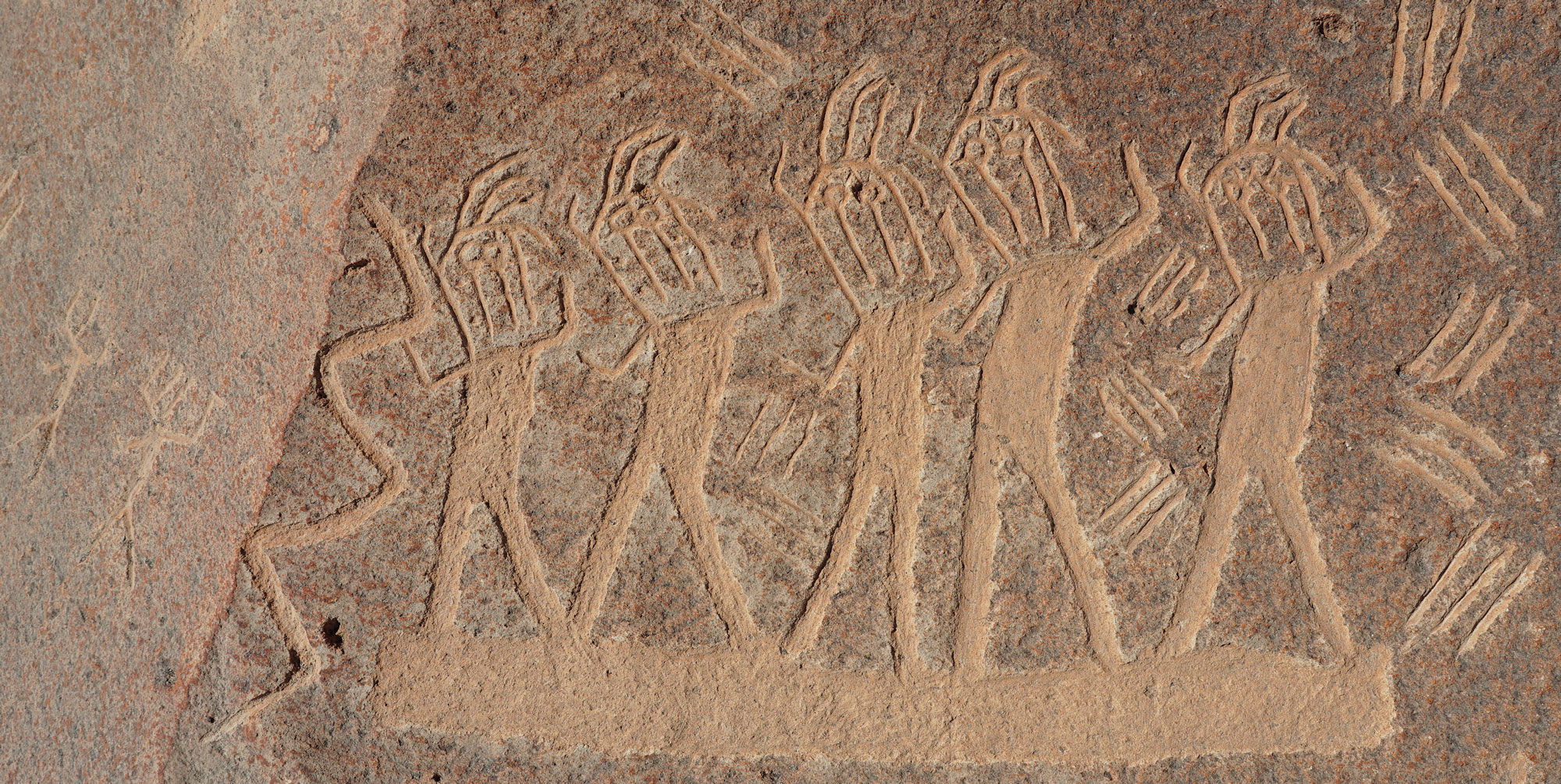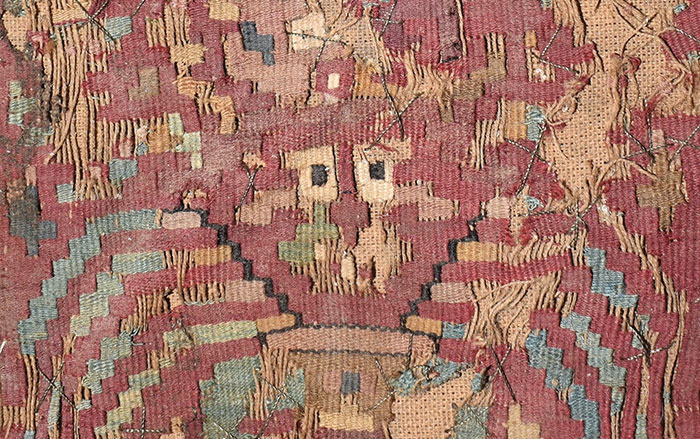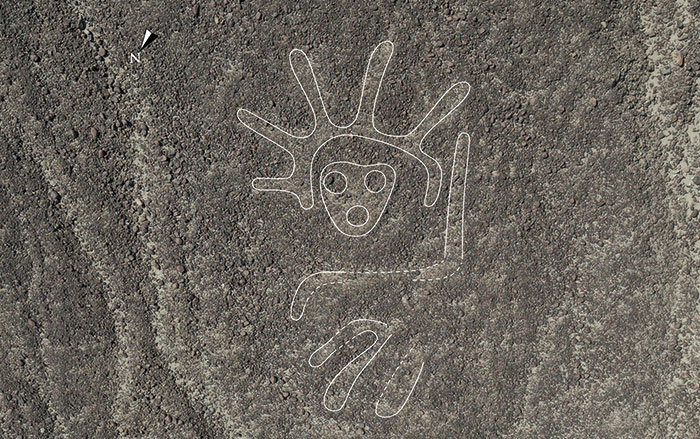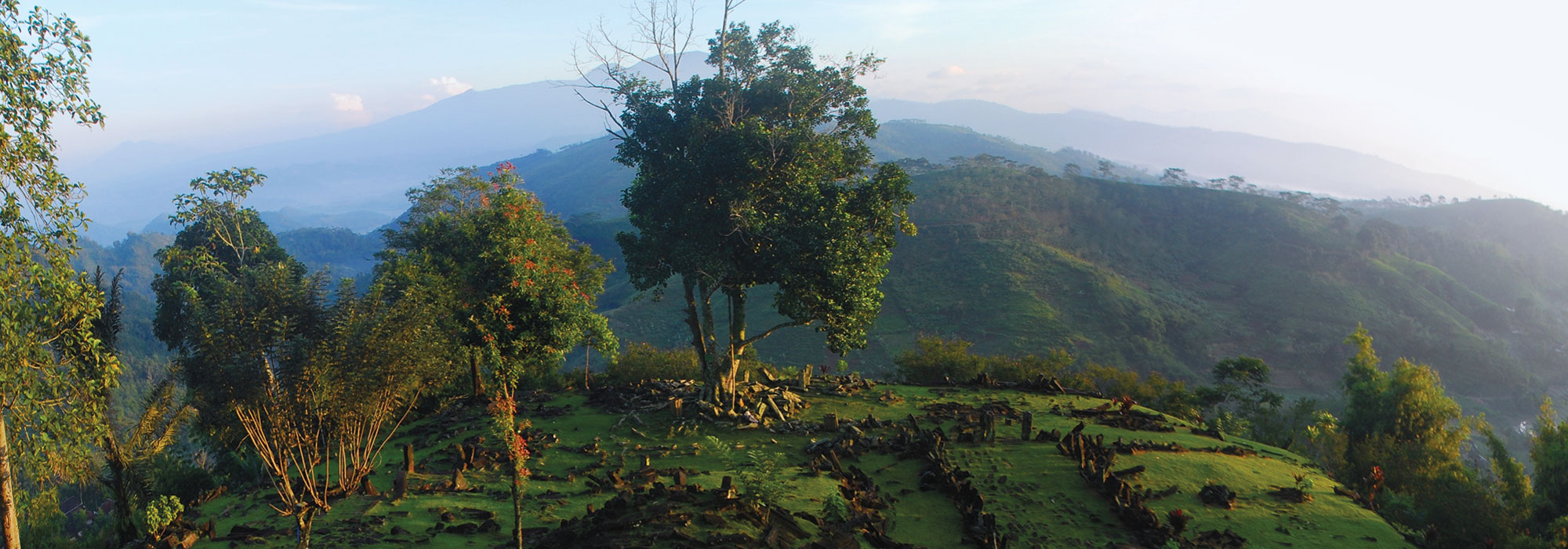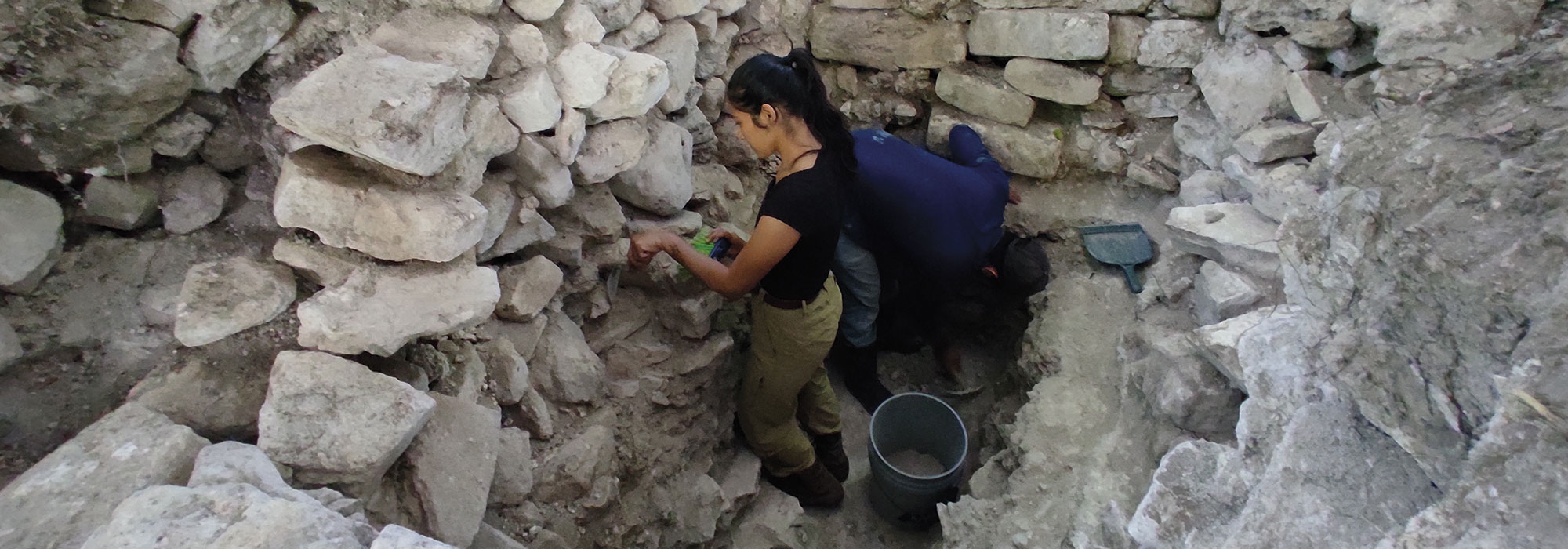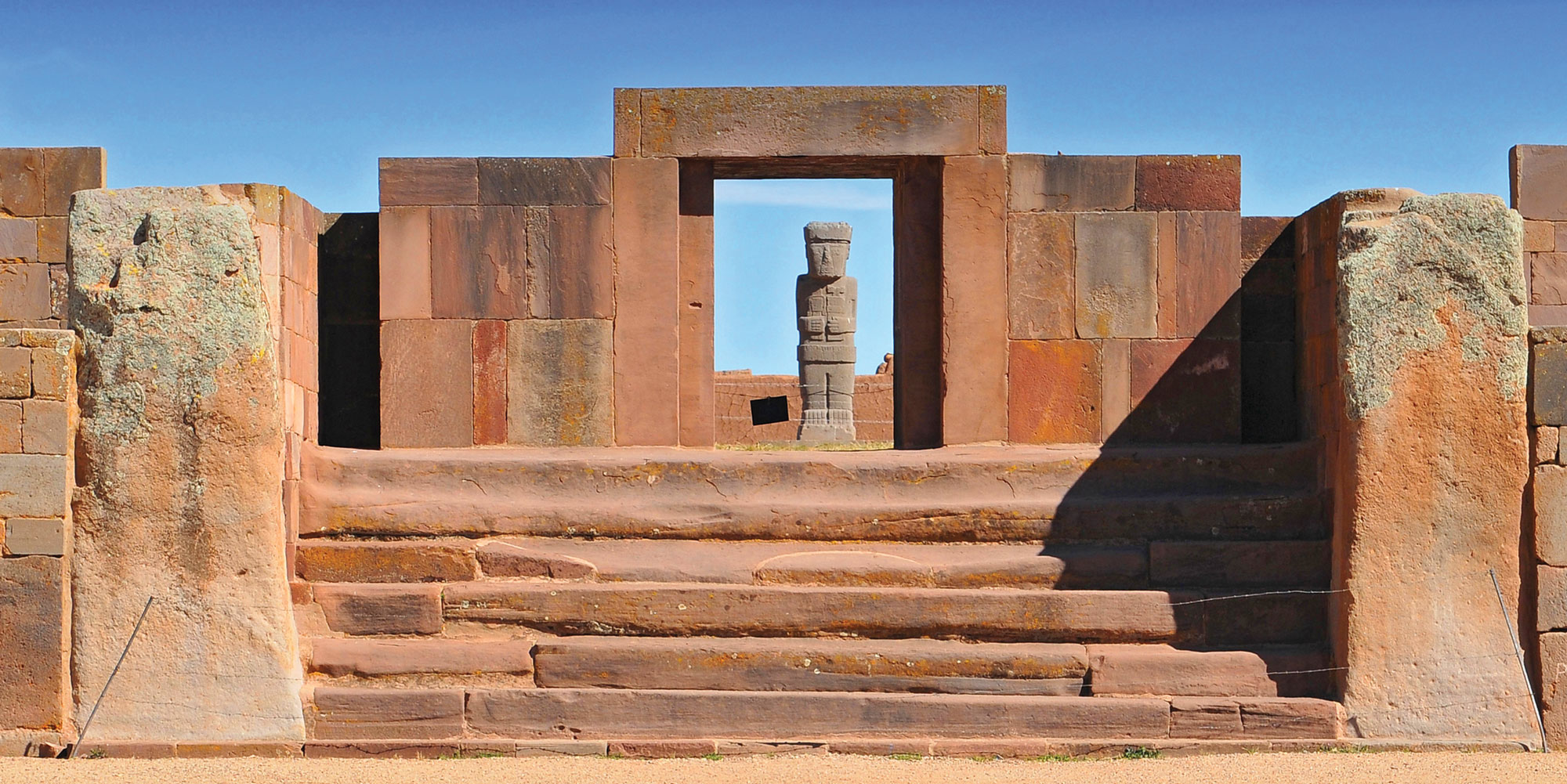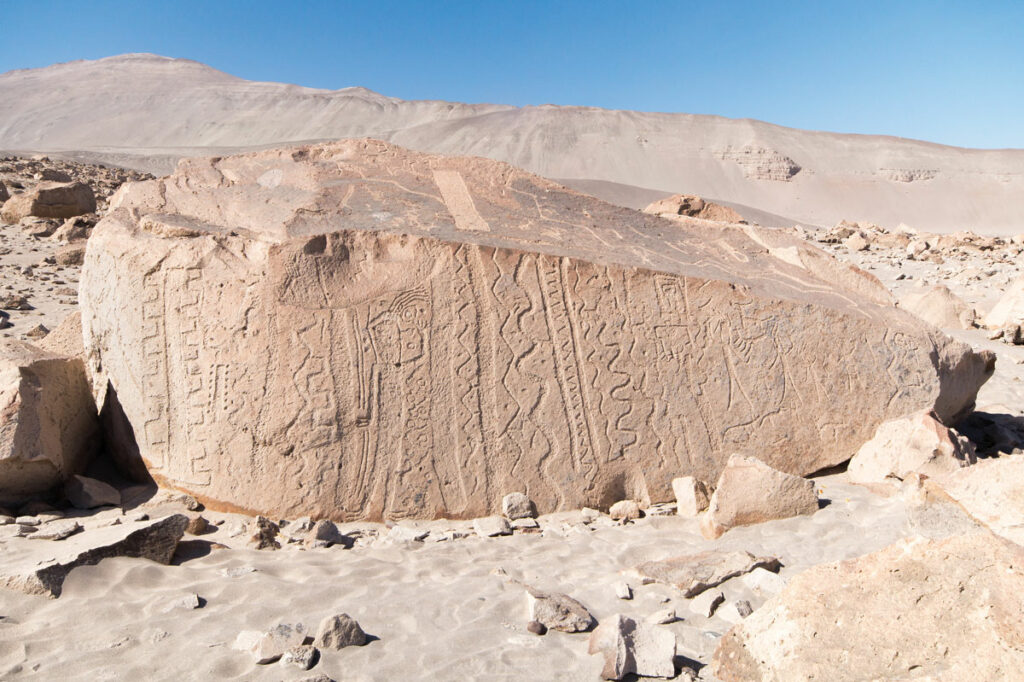
Located in a desert gorge in southern Peru, Toro Muerto is one of the richest rock art sites in South America. It includes at least 2,600 boulders bearing petroglyphs, many featuring figures known as danzantes who appear to be dancing. On at least 300 boulders, danzantes are depicted alongside geometric motifs that are mostly varieties of zigzag lines. The same designs have been found on artifacts from the site that have been radiocarbon dated to around 2,000 years ago. Researchers led by archaeologist Janusz Wołoszyn of the University of Warsaw believe the petroglyphs were produced around this time by members of the local Sihuas culture.

Little is known of the Sihuas, so archaeologist Andrzej Rozwadowski of Adam Mickiewicz University turned to twentieth-century ethnographic accounts to try to determine the petroglyphs’ meaning. He found that geometric motifs very similar to those at Toro Muerto were used by the Tucano people of the Colombian Amazon, who described them as representations of songs. In addition, a wavy-line motif that appears at both ends of a particularly detailed petroglyph at Toro Muerto has been described by the Tucano as representing a cosmic sphere that shamans reach during visionary journeys. “It appears quite possible that this boulder represents a narrative about journeying to another world,” says Rozwadowski, “and that the wavy lines signify that songs are the medium that transfers you to the sphere of ancestors, of gods, of spirits.”


